Code
HCS35234
Weight
375 gm / 0.83 lbs
Size
Height
22cm (9") Width
17cm (7") Depth
9cm (4") Material
Wood and Brass
Availability
Available

Safe Payment
We accept Paypal, Money Transfer, Bank Transfer
Confidence
Protection covers your purchase and personal data.
Worldwide Delivery
We ship Worldwide, except Russia.Shipping cost US$25.2 for upto 0.5 kgs

Hotline
Talk to help line for your question on 9841267335Pancha Buddha : About
Five Dhyani Buddhas, popularly known as Pancha Buddha are five representatives of five different qualities of Shakyamuni Buddha. Pancha Buddhas are also known as the Five Wisdom Tathagatas and are widely respected in Vajrayana Buddhism. In Sanskrit, they are known as the Five Conquerors, or Victor, and are a common subject in Vajrayana Buddhist tradition. As you may have noticed in many Thangkas or collections of five Buddha statues in Buddhist people's residences, these collections of Buddha statues are quite popular for their great five different qualities. These Pancha Buddhas are Vairochana, Akshobhaya, Amitabha, Ratnasambhava, and Amoghasiddhi.
These Five Buddhas represent five paradises in five different directions i.e. Central, East, West, North, and South. In both Nepali Buddhism as well as Tibetan Buddhism, these Pancha Buddhas are represented in different Buddha statues, Buddha images, paintings as well as Thangkas, etc. The collection of Nepali Buddha statues must consist of a set of five Pancha Buddhas or it is considered incomplete. This state how much important the Pancha Buddhas are especially in Nepalese and Tibetan Buddhism. Read More . . .
Five Dhyani Buddhas, popularly known as Pancha Buddha are five representatives of five different qualities of Shakyamuni Buddha. Pancha Buddhas are also known as the Five Wisdom Tathagatas and are widely respected in Vajrayana Buddhism. In Sanskrit, they are known as the Five Conquerors, or Victor, and are a common subject in Vajrayana Buddhist tradition. As you may have noticed in many Thangkas or collections of five Buddha statues in Buddhist people's residences, these collections of Buddha statues are quite popular for their great five different qualities. These Pancha Buddhas are Vairochana, Akshobhaya, Amitabha, Ratnasambhava, and Amoghasiddhi.
These Five Buddhas represent five paradises in five different directions i.e. Central, East, West, North, and South. In both Nepali Buddhism as well as Tibetan Buddhism, these Pancha Buddhas are represented in different Buddha statues, Buddha images, paintings as well as Thangkas, etc. The collection of Nepali Buddha statues must consist of a set of five Pancha Buddhas or it is considered incomplete. This state how much important the Pancha Buddhas are especially in Nepalese and Tibetan Buddhism. Read More . . .
Om - Hindu : About OM
It is the most sacred syllable symbol and mantra of Brahman, the Almighty God in Hinduism. Brahman is the Supreme Self, Ultimate Reality, and Creator of all Existence. The syllable is often chanted either independently or before a mantra; it signifies the essence of the ultimate reality, consciousness, or Atma. The Om sound is the primordial sound and is called the Shabda-Brahman (Brahman as sound). In Hinduism, Om is one of the most important spiritual sounds. It refers to Atman (soul, self within) and Brahman (ultimate reality, entirety of the universe, truth, divine, supreme spirit, cosmic principles, knowledge). The syllable is often found at the beginning and the end of chapters in the Vedas, the Upanishads, and other Hindu texts. It is a sacred spiritual incantation made before and during the recitation of spiritual texts, during puja and private prayers, in ceremonies of rites of passage (sanskara) such as weddings, and sometimes during meditative and spiritual activities such as Yoga. Om came to be used as a standard utterance at the beginning of mantras, chants, or citations taken from the Vedas. For example, the Gayatri mantra, which consists of a verse from the Rigveda Samhita (RV 3.62.10), is prefixed not just by Om but by Om followed by the formula bh?r bhuva? sva?. Such recitations continue to be in use in Hinduism, with many major incantations and ceremonial functions beginning and ending with Om. Maheshwarananda (2002) suggests that the Om reflects the cosmological beliefs in Hinduism, as the primordial sound associated with the creation of the universe from nothing. Read More . . .
It is the most sacred syllable symbol and mantra of Brahman, the Almighty God in Hinduism. Brahman is the Supreme Self, Ultimate Reality, and Creator of all Existence. The syllable is often chanted either independently or before a mantra; it signifies the essence of the ultimate reality, consciousness, or Atma. The Om sound is the primordial sound and is called the Shabda-Brahman (Brahman as sound). In Hinduism, Om is one of the most important spiritual sounds. It refers to Atman (soul, self within) and Brahman (ultimate reality, entirety of the universe, truth, divine, supreme spirit, cosmic principles, knowledge). The syllable is often found at the beginning and the end of chapters in the Vedas, the Upanishads, and other Hindu texts. It is a sacred spiritual incantation made before and during the recitation of spiritual texts, during puja and private prayers, in ceremonies of rites of passage (sanskara) such as weddings, and sometimes during meditative and spiritual activities such as Yoga. Om came to be used as a standard utterance at the beginning of mantras, chants, or citations taken from the Vedas. For example, the Gayatri mantra, which consists of a verse from the Rigveda Samhita (RV 3.62.10), is prefixed not just by Om but by Om followed by the formula bh?r bhuva? sva?. Such recitations continue to be in use in Hinduism, with many major incantations and ceremonial functions beginning and ending with Om. Maheshwarananda (2002) suggests that the Om reflects the cosmological beliefs in Hinduism, as the primordial sound associated with the creation of the universe from nothing. Read More . . .
Brief Introduction :
A prayer wheel is a cylindrical wheel on a spindle made from metal, wood, stone, leather, or coarse cotton. Traditionally, the mantra Om Mani Padme Hum is written in the Newari language of Nepal, on the outside of the wheel. Also sometimes depicted are Dakinis, Protectors, and very often the 8 auspicious symbols Ashtamangala. At the core of the cylinder is a "Life Tree" often made of wood or metal with certain mantras written on or wrapped around it. Many thousands (or in the case of larger prayer wheels, millions) of mantras are then wrapped around this life tree. The Mantra Om Mani Padme Hum is most commonly used, but other mantras may be used as well. According to the Tibetan Buddhist tradition based on the lineage texts regarding prayer wheels, spinning such a wheel will have much the same meritorious effect as orally reciting the prayers.
Origin :The earliest recorded prayer wheels were written of by a Chinese pilgrim around 400 C.E. in Ladakh.prayer wheel is a physical manifestation of the phrase "turning the wheel of Dharma," which describes the way in which the Buddha taught. Prayer Wheels originated from The School of Shakyamuni sutra, which states that, those who set up the place for worship, use the knowledge to propagate the dharma to common people, should there be any man or woman who are illiterate and unable to read the sutra, they should then set up the prayer wheel to facilitate those illiterate to chant the sutra, and the effect is the same as reading the sutra
According to the Tibetan tradition, the prayer wheel lineage traces back to the famous Indian master, Arya Nagarjuna. Tibetan texts also say that the practice was taught by the Indian Buddhist masters Tilopa and Naropa as well as the Tibetan masters Marpa and Milarepa.
Practice :According to the Tibetan tradition, the prayer wheel lineage traces back to the famous Indian master, Arya Nagarjuna. Tibetan texts also say that the practice was taught by the Indian Buddhist masters Tilopa and Naropa as well as the Tibetan masters Marpa and Milarepa.
According to the lineage texts on prayer wheels, prayer wheels are used to accumulate wisdom and merit (good karma) and to purify negativities (bad karma). In Buddhism, Buddhas and Bodhisattvas have created a variety of skillful means (upaya) to help bring practitioners ever closer to realizing enlightenment. The idea of spinning mantras relates to numerous Tantric practices whereby the Tantric practitioner visualizes mantras revolving around the nadis and especially around the meridian chakras such as the heart and crown. Therefore, prayer wheels are a visual aid for developing one's capacity for these types of Tantric visualizations. The spiritual method for those practicing with a prayer wheel is very specific (with slight variations according to different Buddhist sects). The practitioner most often spins the wheel clockwise, as the direction in which the mantras are written is that of the movement of the sun across the sky. On rare occasions, advanced Tantric practitioners such as Senge Dongma, the Lion-Faced Dakini, spin prayer wheels counterclockwise to manifest a more wrathful protective energy. As the practitioner turns the wheel, it is best to focus the mind and repeat the Om Mani Padme Hum mantra. Not only does this increase the merit earned by the wheel's use, but it is a mind-stabilization technique that trains the mind while the body is in motion. Intoning the mani mantra with mindfulness and the "Bodhicitta" motivation dramatically enhances the effects of the prayer wheel. However, it is said that even turning it while distracted has benefits and merits, and it is stated in the lineage text that even insects that cross a prayer wheel's shadow will get some benefit. Each revolution is as meritorious as reading the inscription aloud as many times as it is written on the scroll, and this means that the more Om Mani Padme Hum mantras that are inside a prayer wheel, the more powerful it is. It is best to turn the wheel with a gentle rhythm and not too fast or frantically. While turning smoothly, one keeps in mind the motivation and spirit of compassion and bodhichitta (the noble mind that aspires to full enlightenment for the benefit of all beings). The benefits attributed to the practice of turning the wheel are vast. Not only does it help wisdom, compassion and bodhichitta arise in the practitioner, it also enhances siddhis (spiritual powers such as clairvoyance, precognition, reading others thoughts, etc.). The practitioner can repeat the mantra as many times as possible during the turning of the wheel, stabilizing a calm, meditative mind. At the end of a practice session, there is a Tibetan Buddhist tradition of dedicating any accumulated merits that one may have gathered during practice to the benefit of all sentient beings. Then Om Ah Hum 3 times. This is customary with Tibetans upon completing any Buddhist practice, including the practice of the prayer wheel.
Thubten Zopa Rinpoche has commented that installing a prayer wheel has the capacity to completely transform a place, which becomes "...peaceful, pleasant, and conducive to the mind." Simply touching a prayer wheel is said to bring great purification to negative karmas and obscurations.
Thubten Zopa Rinpoche has commented that installing a prayer wheel has the capacity to completely transform a place, which becomes "...peaceful, pleasant, and conducive to the mind." Simply touching a prayer wheel is said to bring great purification to negative karmas and obscurations.


![Buddhist Handmade Wall Prayer Wheel With Mantra Inside, [omph], [pancha Buddha], Table Top](https://handmadeexpo.com/pics/product/thumb/35234.jpg)
![Buddhist Handmade Wall Prayer Wheel With Mantra Inside, [omph], [pancha Buddha], Table Top](https://www.handmadeexpo.com/pics/product/thumb/35234_0.jpg)
![Buddhist Handmade Wall Prayer Wheel With Mantra Inside, [omph], [pancha Buddha], Table Top](https://www.handmadeexpo.com/pics/product/thumb/35234_1.jpg)
![Buddhist Handmade Wall Prayer Wheel With Mantra Inside, [omph], [pancha Buddha], Table Top](https://www.handmadeexpo.com/pics/product/thumb/35234_2.jpg)
![Buddhist Handmade Wall Prayer Wheel With Mantra Inside, [omph], [pancha Buddha], Table Top](https://www.handmadeexpo.com/pics/product/thumb/35234_3.jpg)

 with Mantra Inside,
with Mantra Inside,  with Mantra Inside,
with Mantra Inside,  with Mantra Inside,
with Mantra Inside, 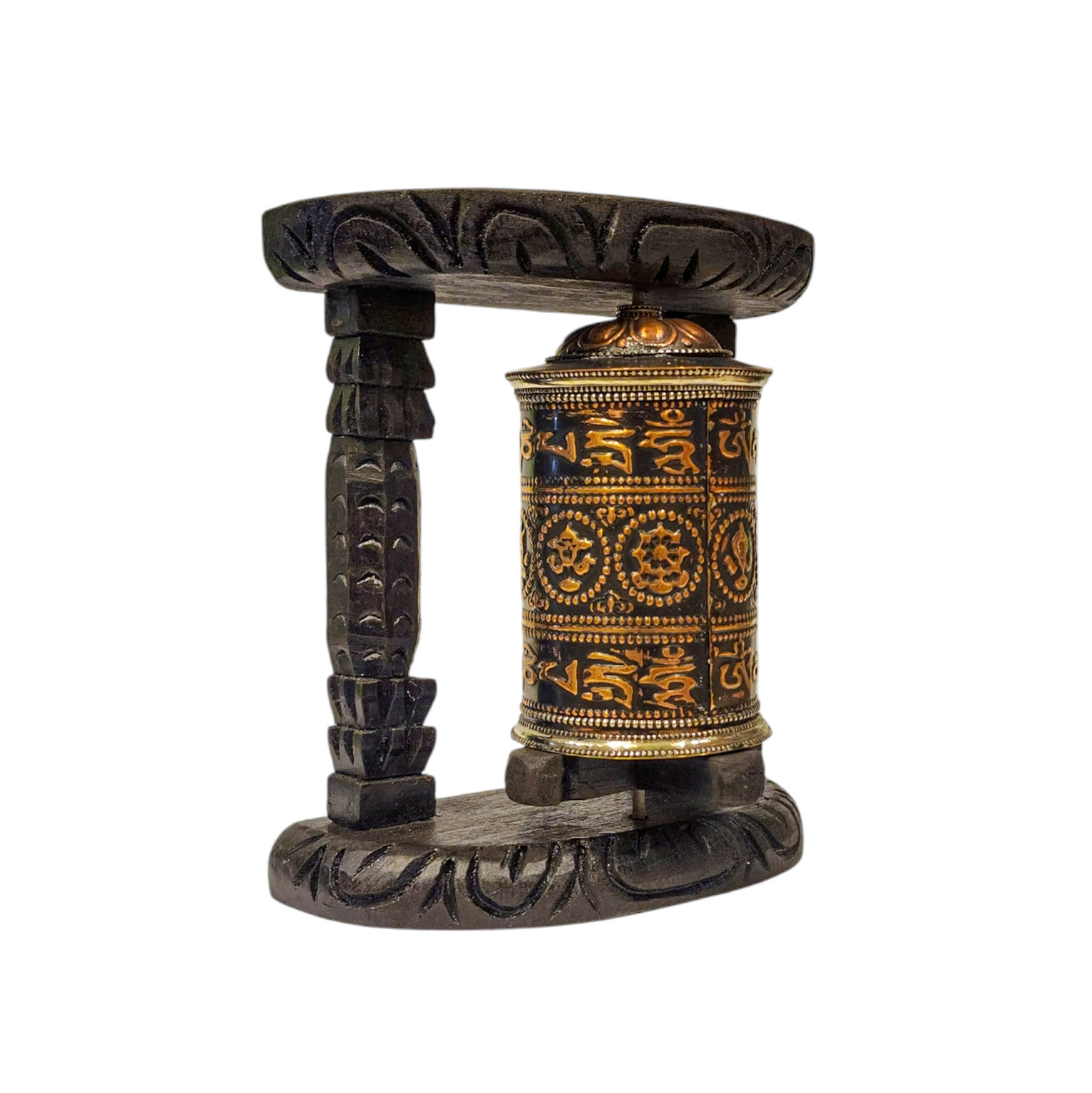 with Mantra Inside,
with Mantra Inside, 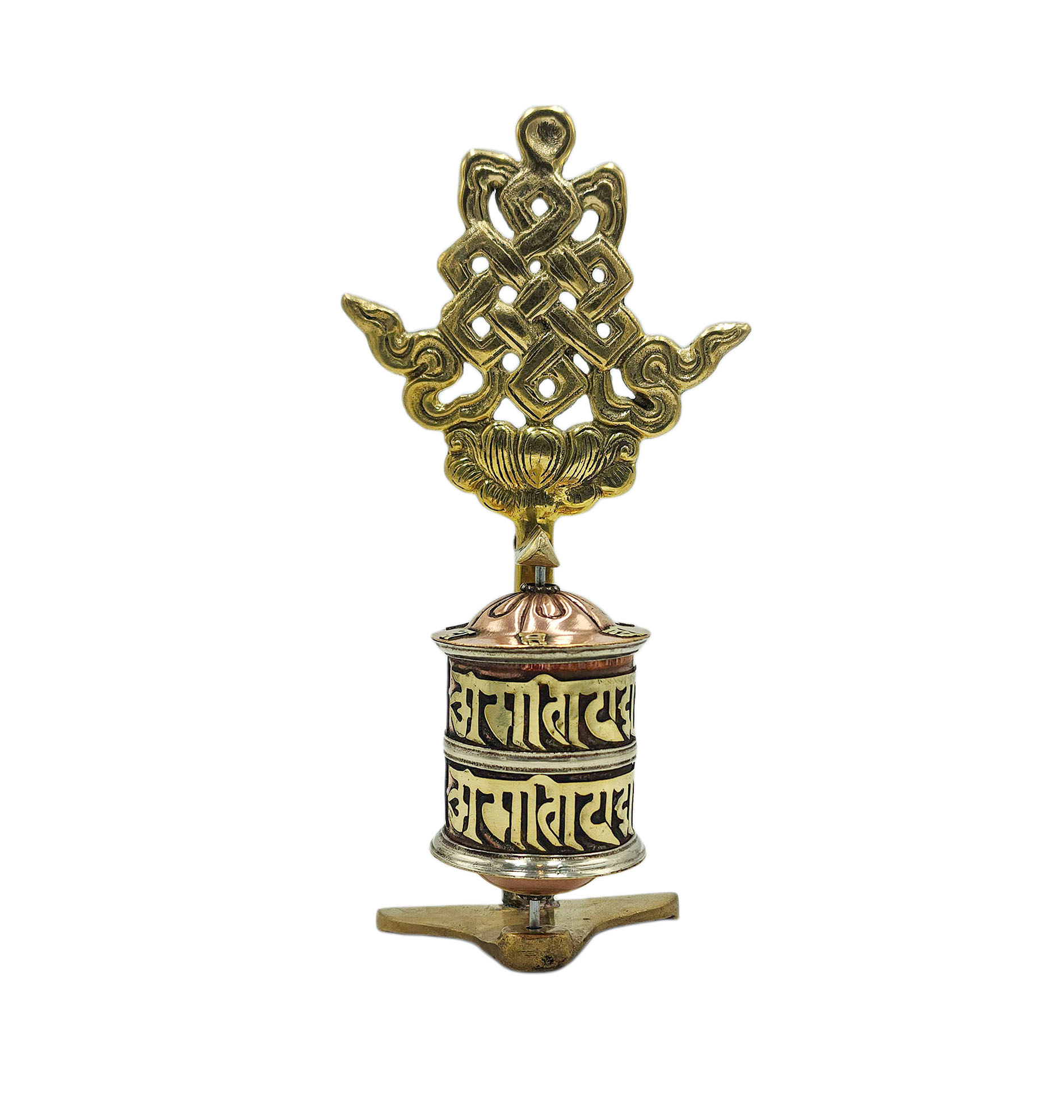 with Mantra Inside,
with Mantra Inside, 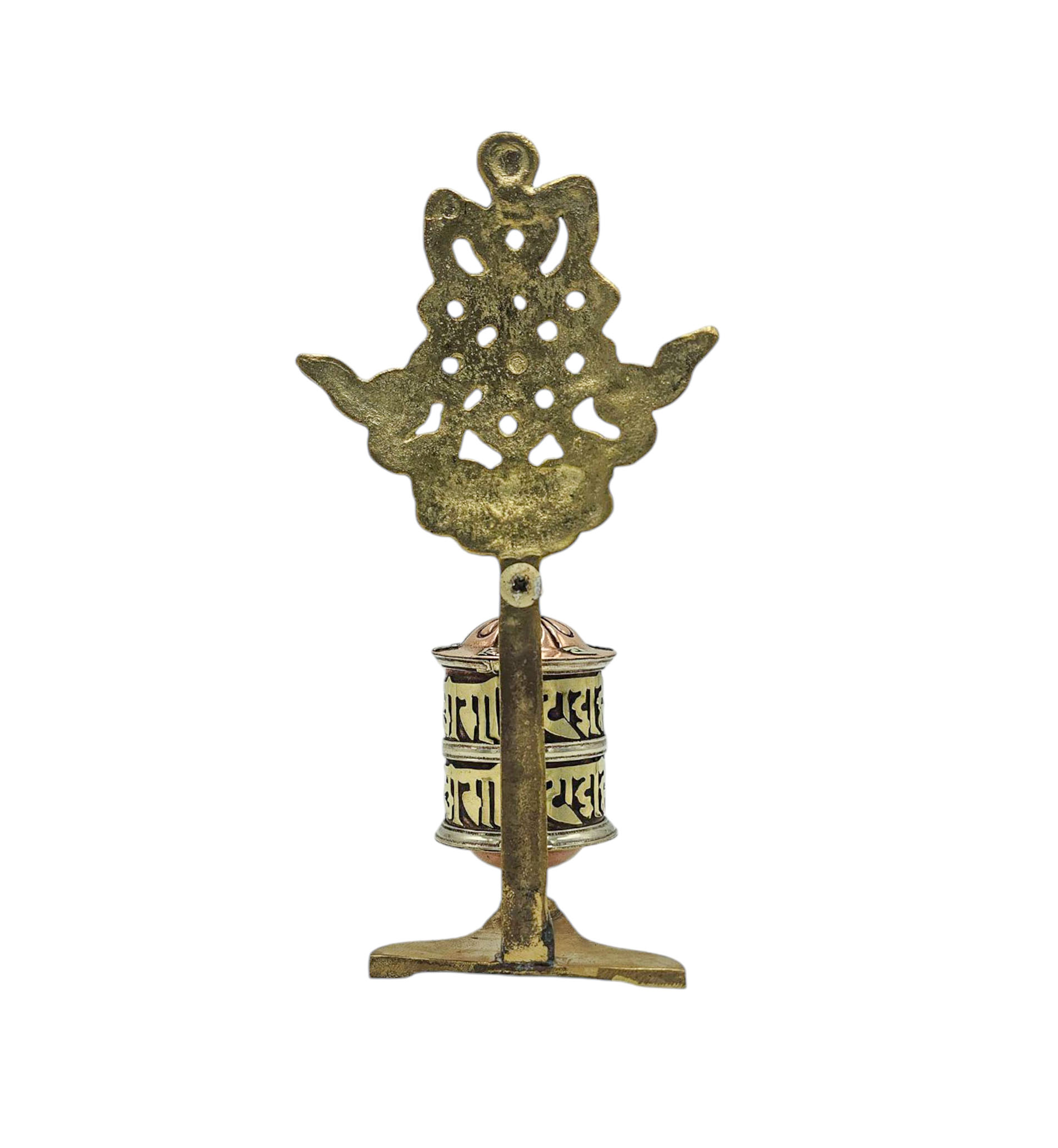 with Mantra Inside,
with Mantra Inside,  with Mantra Inside,
with Mantra Inside,  with Mantra Inside,
with Mantra Inside,  with Mantra Inside,
with Mantra Inside,  with Mantra Inside,
with Mantra Inside,  with Mantra Inside,
with Mantra Inside,  with Mantra Inside,
with Mantra Inside,  with Mantra Inside, Wall Mountable" title="Double Brass Prayer Wheel On Wooden Frame,
with Mantra Inside, Wall Mountable" title="Double Brass Prayer Wheel On Wooden Frame,  with Mantra Inside, Wall Mountable" title="Double Brass Prayer Wheel On Wooden Frame,
with Mantra Inside, Wall Mountable" title="Double Brass Prayer Wheel On Wooden Frame,  with Mantra Inside,
with Mantra Inside,  with Mantra Inside,
with Mantra Inside, 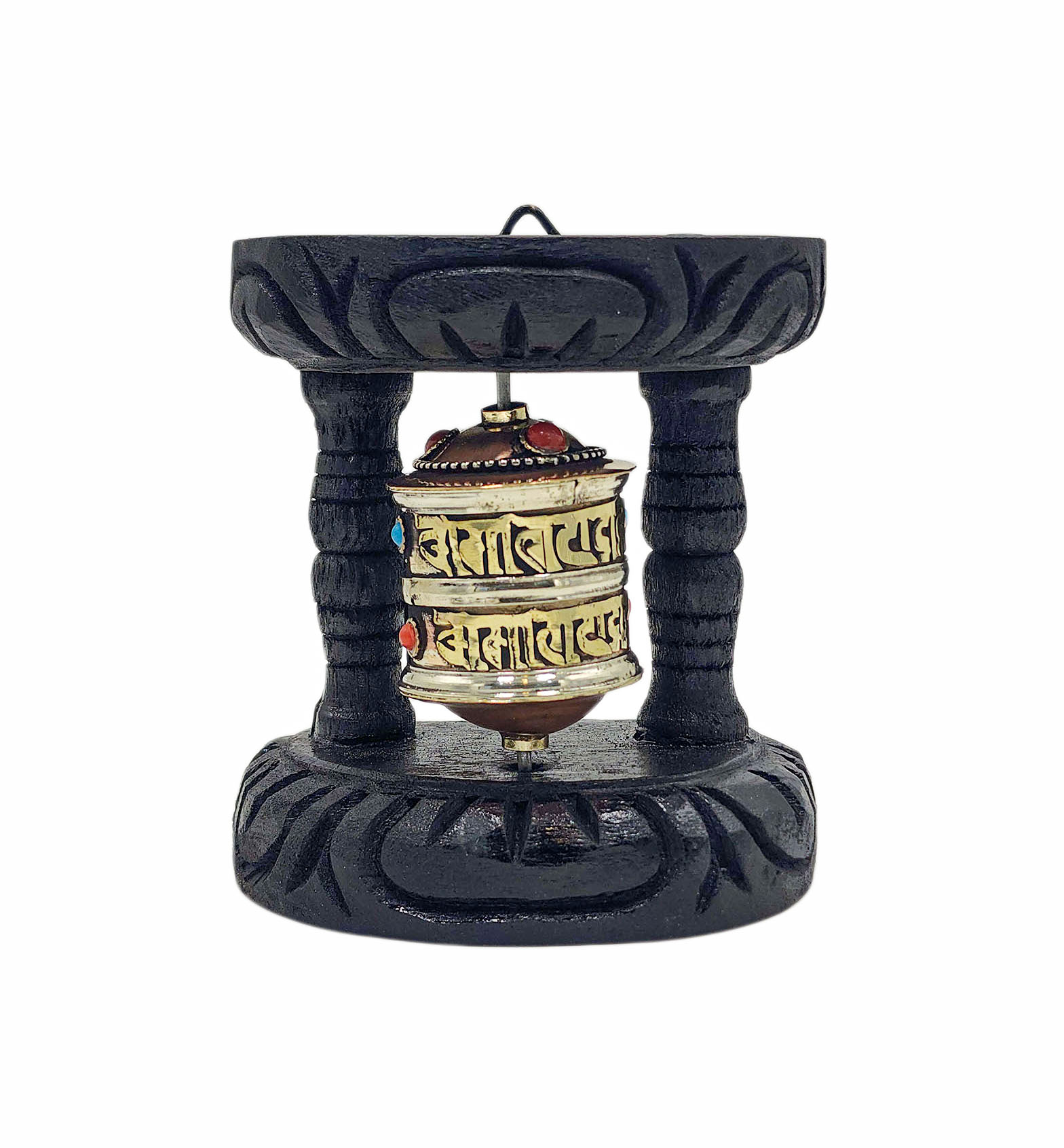 with Mantra Inside,
with Mantra Inside, 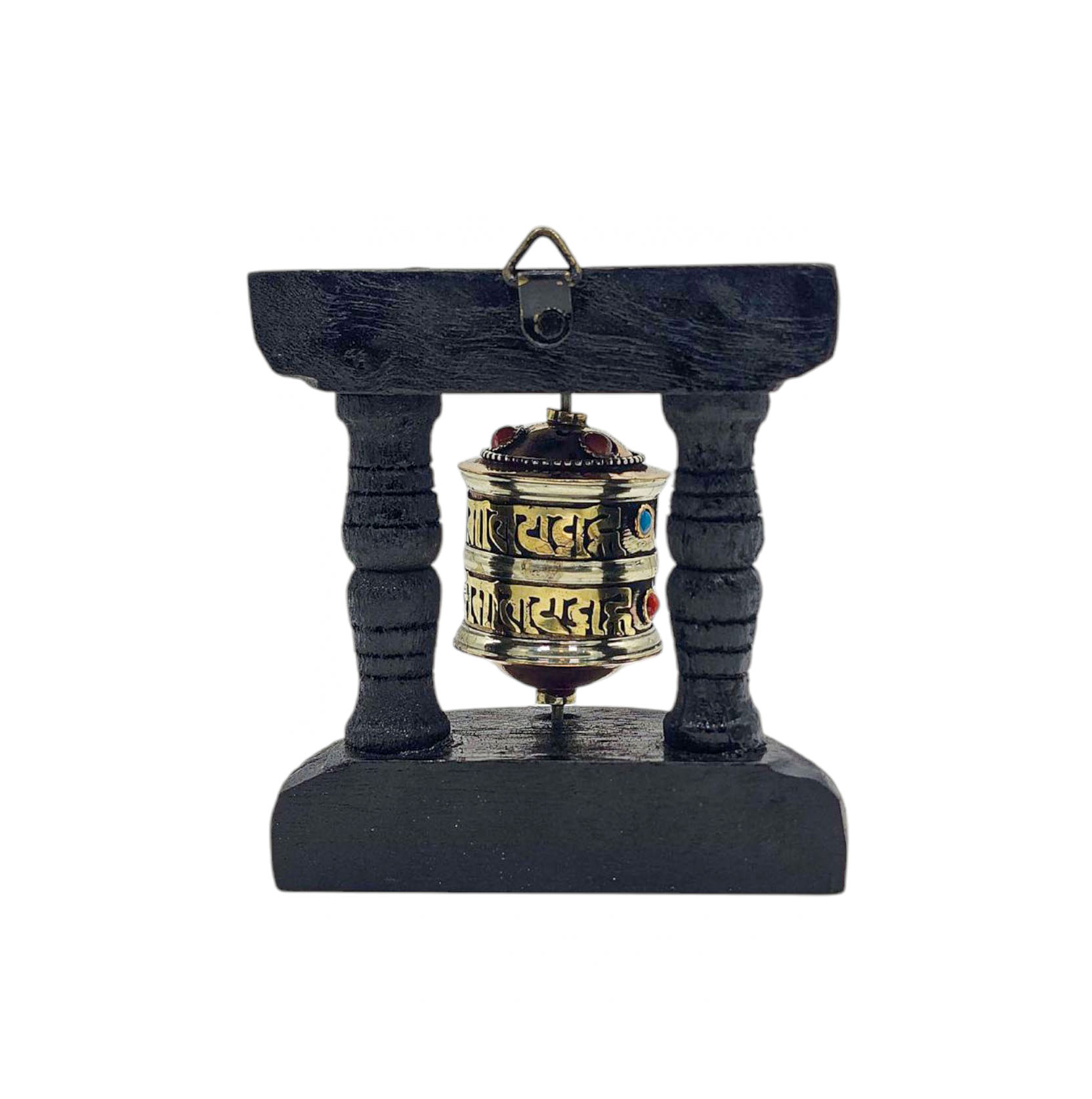 with Mantra Inside,
with Mantra Inside, 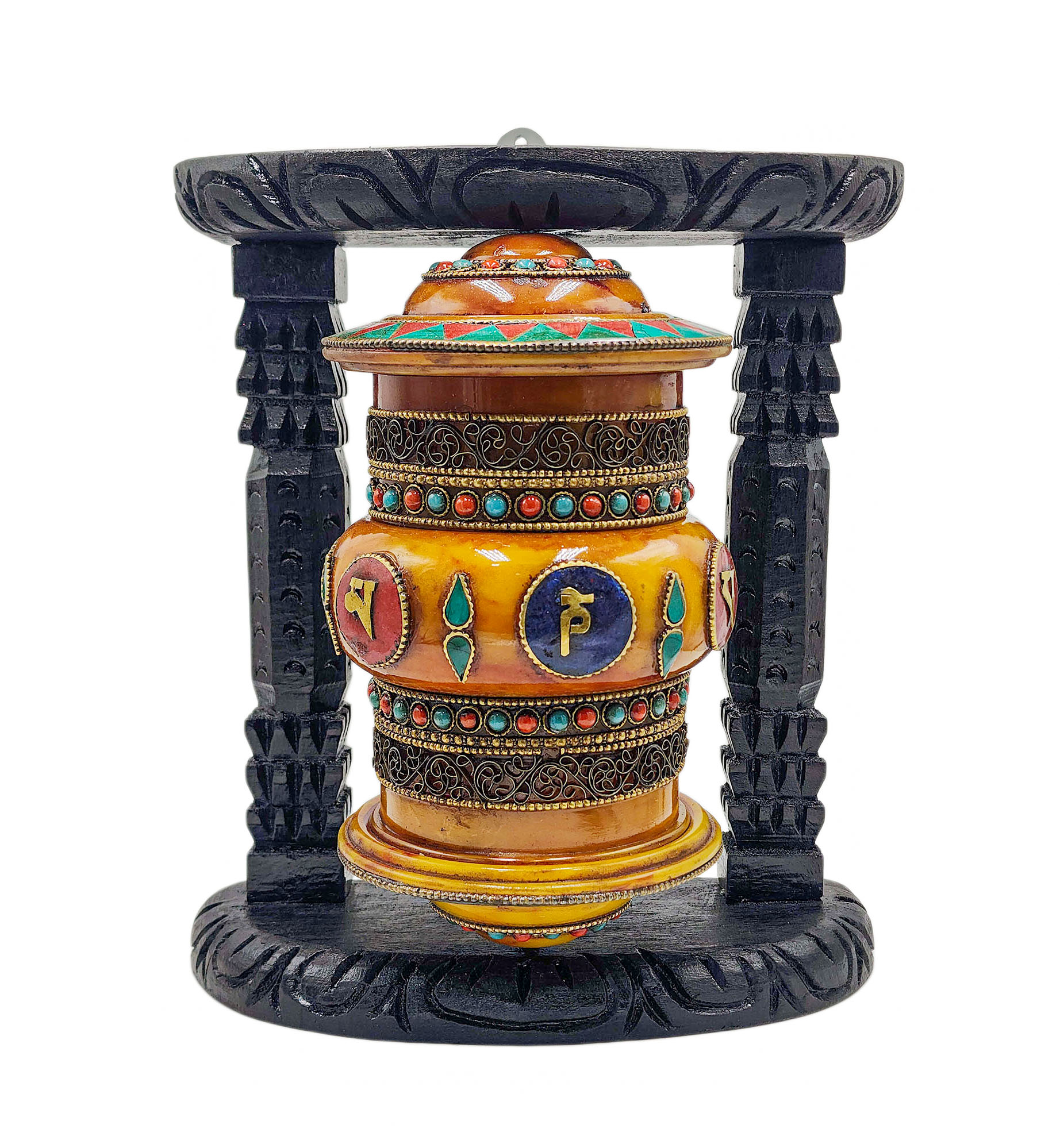 with Mantra Inside,
with Mantra Inside, 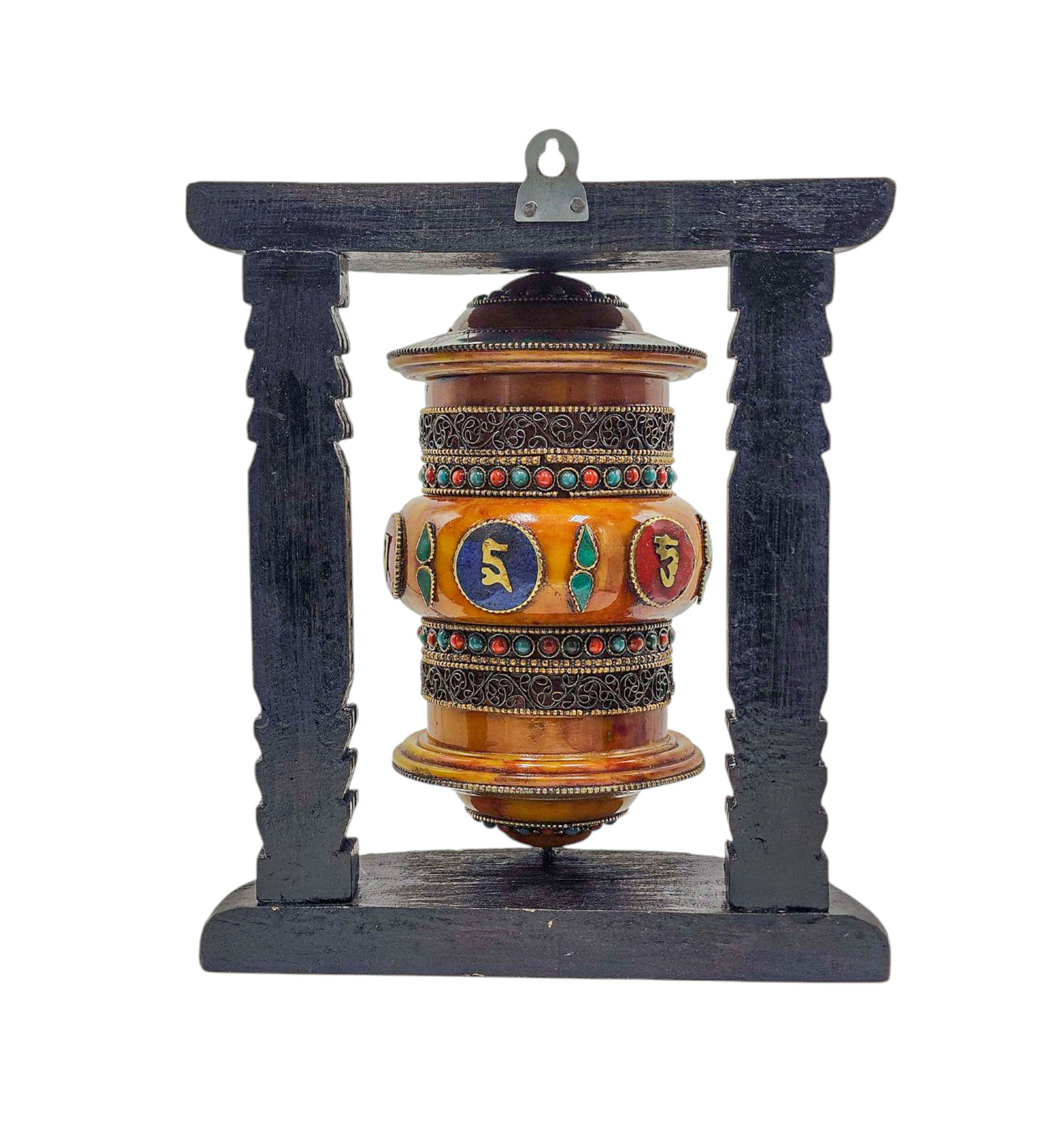 with Mantra Inside,
with Mantra Inside,